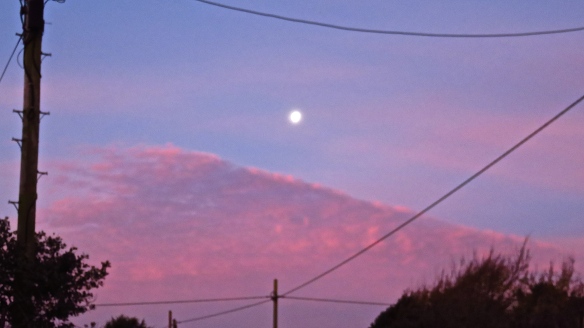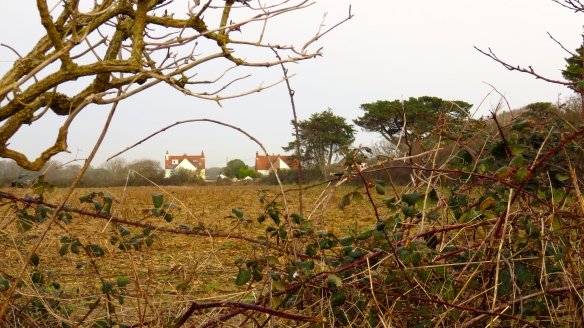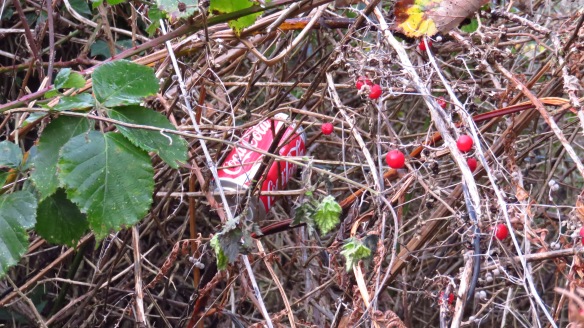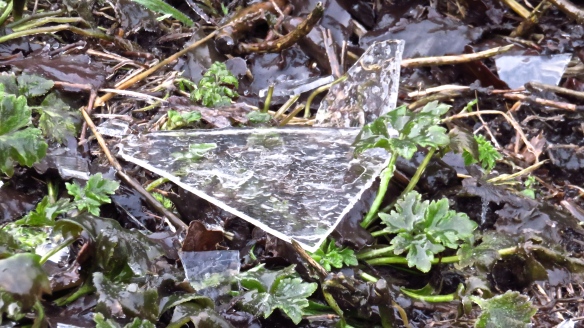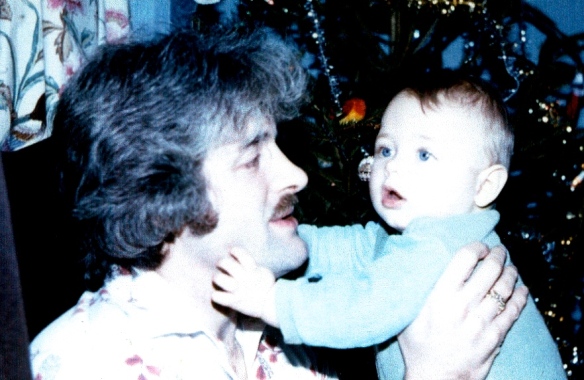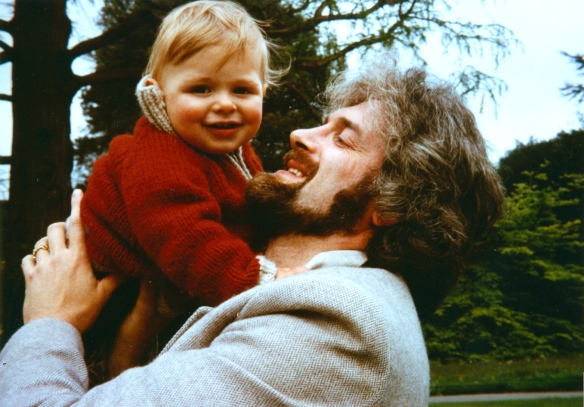Here is the post I didn’t have time for yesterday, featuring the Six Nations rugby match between Wales and Ireland.
The primary aim of a game of rugby is to score as many tries as possible by


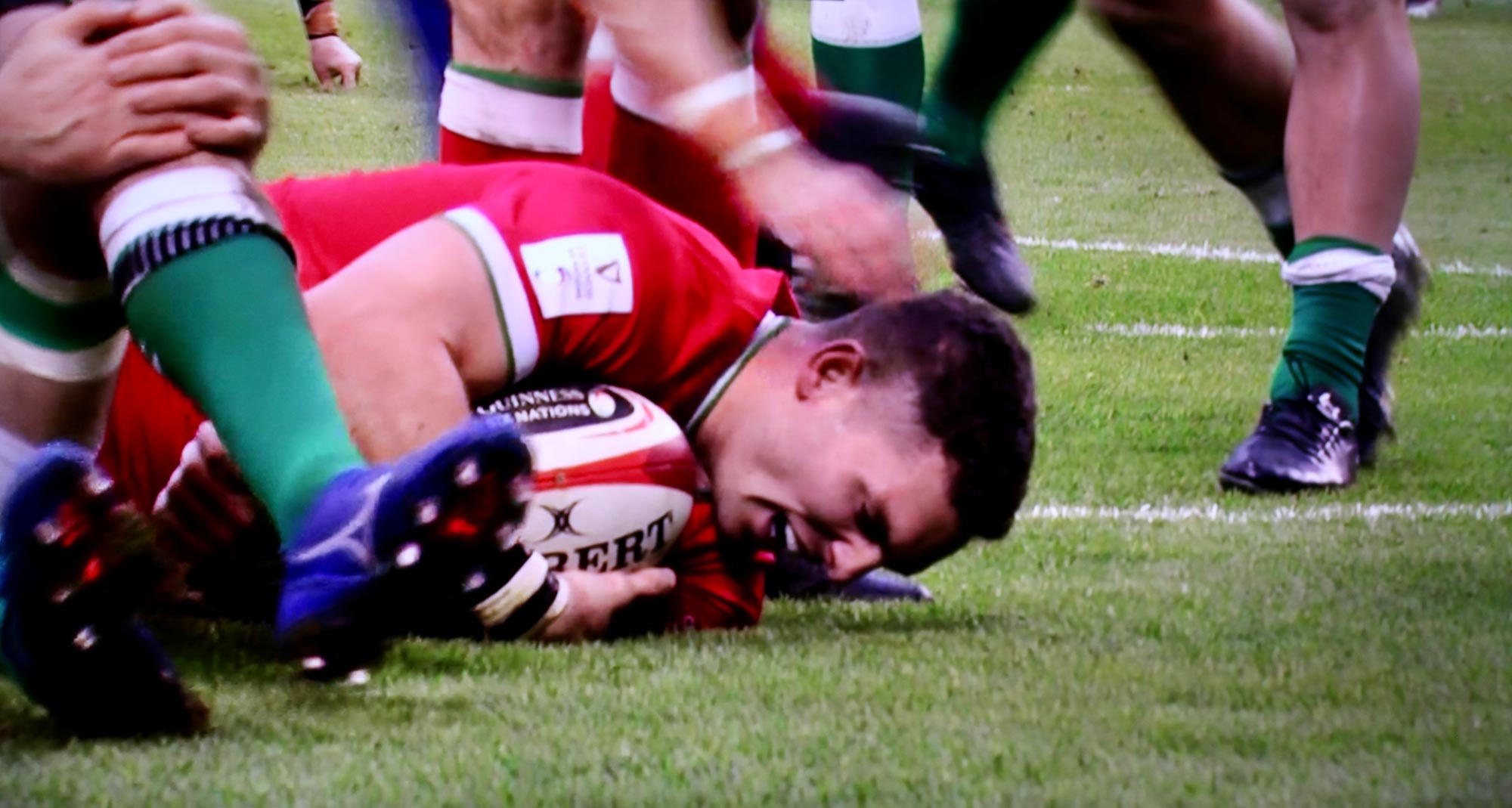
grounding the ball on the opposite side of the opponents’ goal line.
The try notches up 5 points. Afterwards the best place kicker has the opportunity to convert this to 7 by kicking the ball over the bar and between the goal posts.


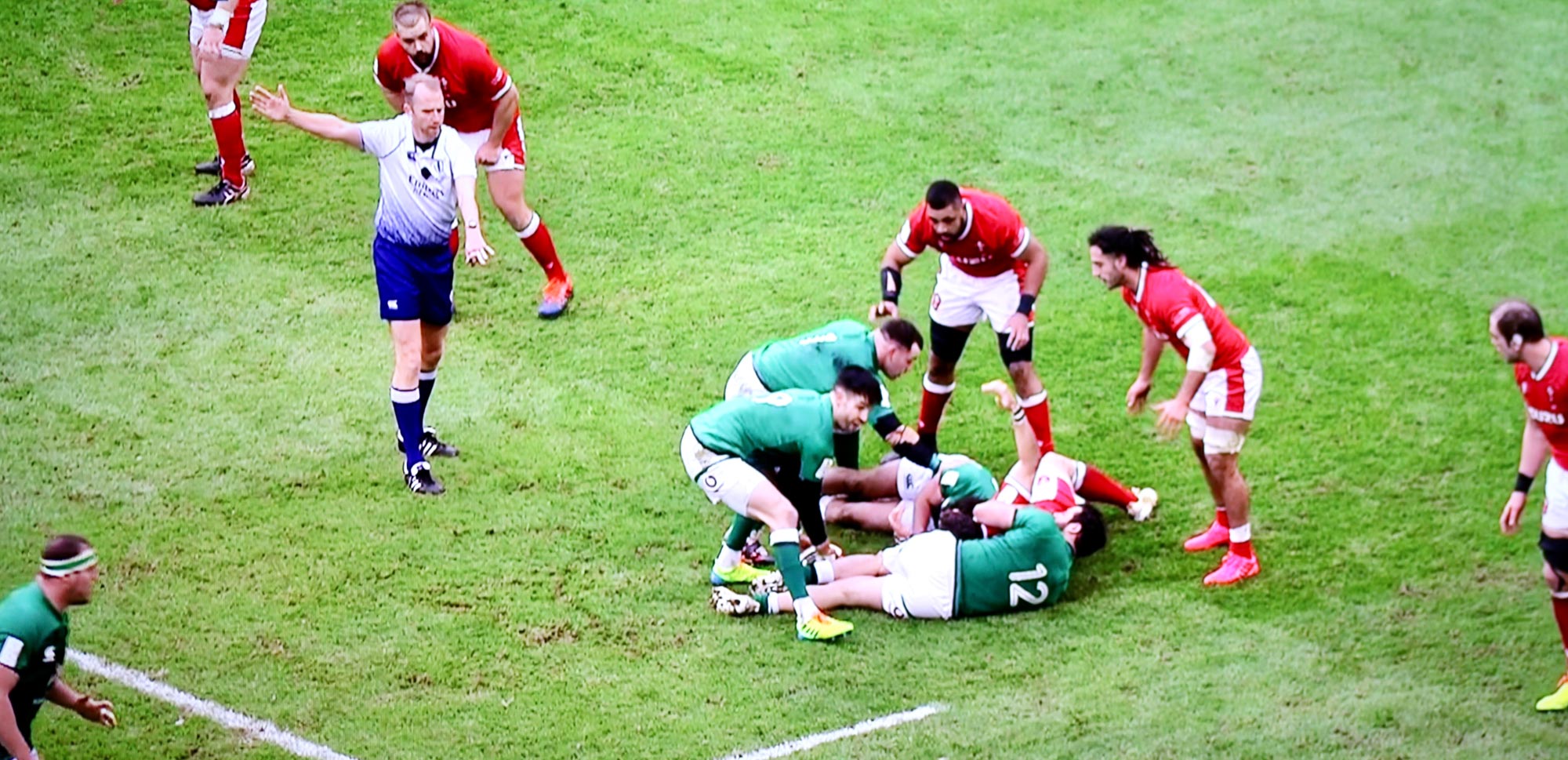
The referee, in the white shirt is there to ensure fair play, to interpret the rules, and to make decisions about points scoring.
We now, with the benefit of technology, have the Television Match Official who, having access to replays, has the task, at his request, of aiding the on field referee.



The grounding must be controlled and the feet inside the touchline. The score above was legitimate.



The ball carrier may be tackled by an opposition player. There are strict rules about the execution of this.


One of the consequences of an infringement is the set scrum. This is where two packs of forwards, each weighing in total 850/950 kilos, shove against each other to gain mastery and possession of the ball which is tossed into the middle by the scrum half, seen in green in the first picture, and red in the second. This can eat up 5 minutes of playing time.



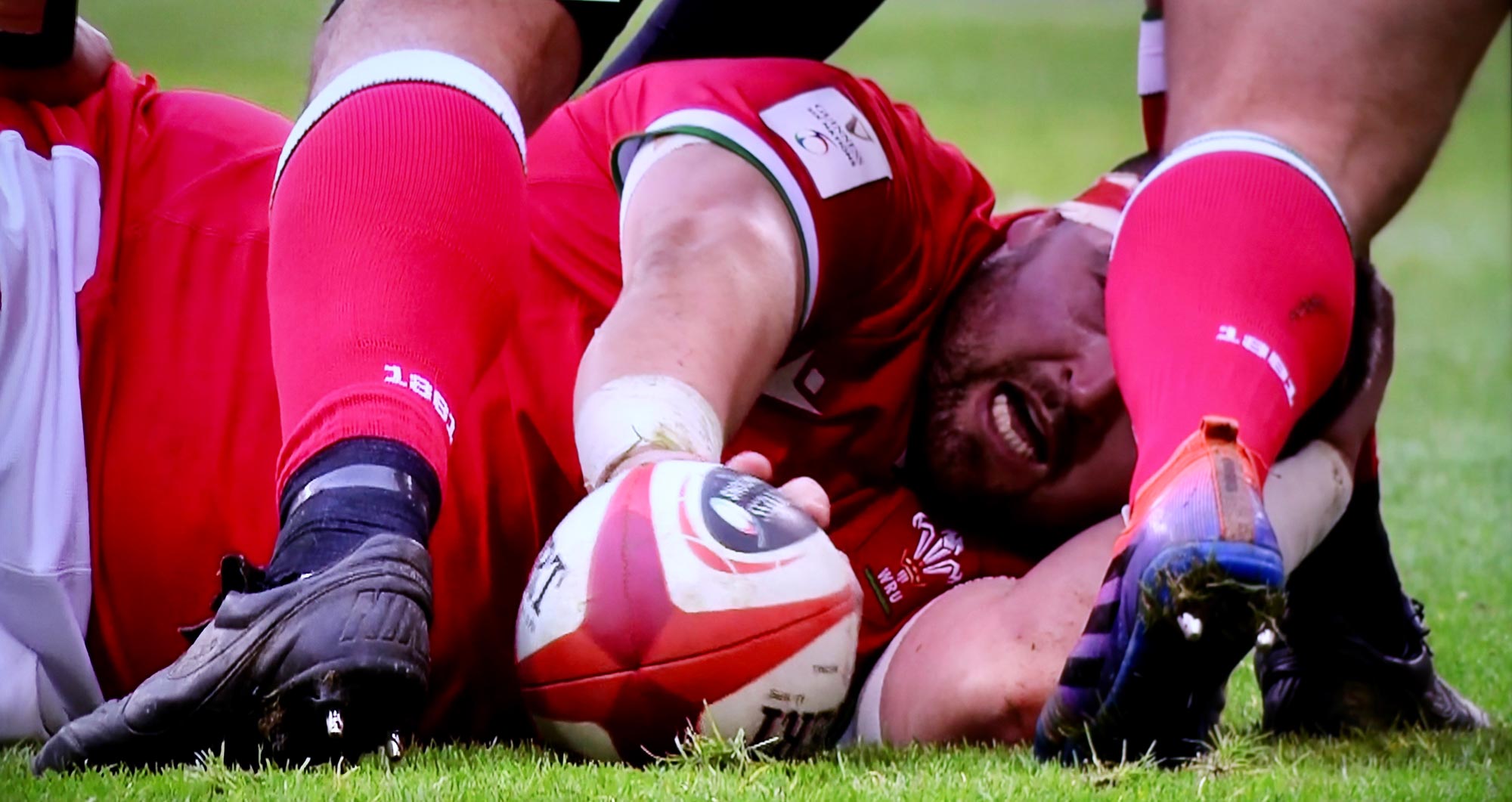
Loose scrums. rucks, and, mauls result in less choreographed tussles.
These pieces, with or without the intervention of the referee, are followed by a lining up of the three quarter backs, one of whom will pass the ball along while the opposition attempt to dispossess them. It was this passing process that in 1965 prompted my late brother Chris, accompanying Jackie on her first time of watching me play, to utter the memorable one line explanation; “You have to get the ball over that line by throwing it backwards.” Although players may kick the ball ahead, a forward pass is not allowed.


Medical assistance is essentially on hand. This player struggled on fo a while before having to leave the field.
This one, captain Jonathon Sexton, had no choice. Despite his reluctance he had to go off for a compulsory Head Injury Assessment.










Earlier, he was the first of the faces I pictured in this gallery. His opposing captain, facing him, sporting a black eye, has plaster on his ear.
The masked supporters could not show theirs.
This scene reminded me of the season in which I lost three contact lenses in a fortnight. I then gave them up on the grounds that there is a limit to the number of times one can have 30 men in rugby kit crawling around in the mud in search of them.






